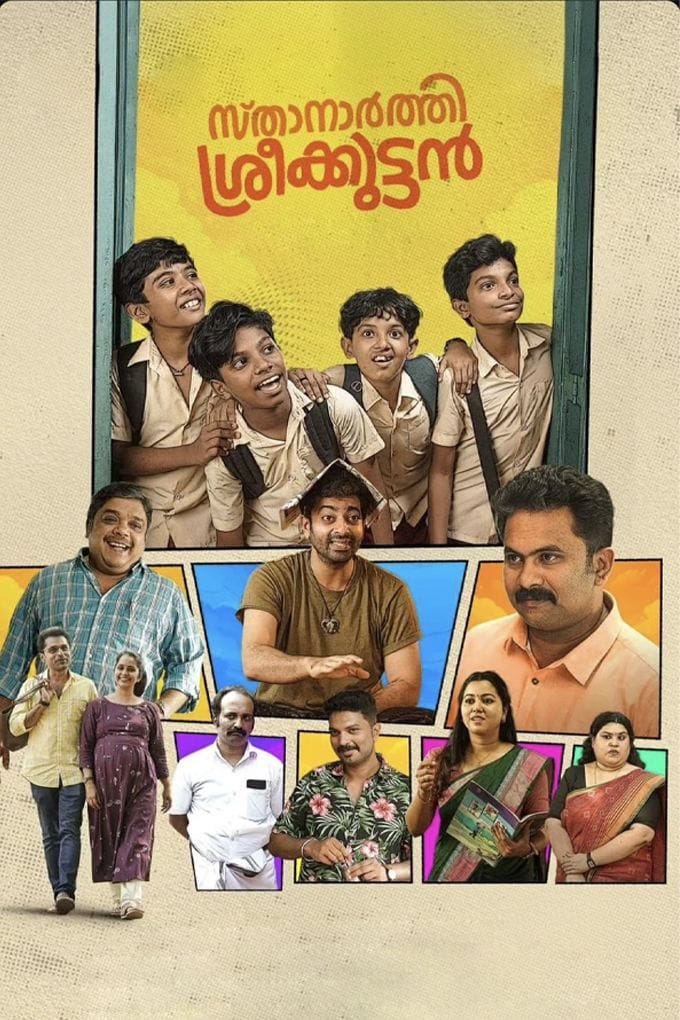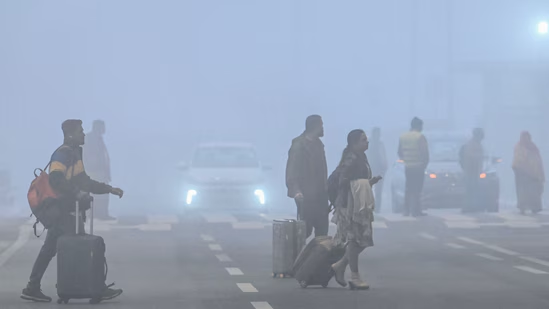This deliberate visual metaphor underscores equity and collective participation

This innovative spatial shift, where the teacher stands at the center, symbolically dismantles entrenched hierarchies, challenging the outdated labels of “frontbenchers” and “backbenchers.”
The film’s climax acts as a poignant metaphor for equity and shared participation. Instead of reinforcing power dynamics through seating positions, this layout fosters an inclusive environment where every student enjoys equal visibility and attention. The circular arrangement not only improves the physical structure of learning spaces but also represents a psychological and pedagogical shift towards fairness and empowerment.
Kerala Schools Embrace the Change
Since the OTT release of Sthanarthi Sreekuttan in June 2025, several educational institutions across Kerala—and even one in Punjab—have implemented the seating model portrayed in the film. These schools are actively transitioning from traditional linear seating to the more collaborative and inclusive semi-circular format.
Notable Examples Include:
- RCC LPS East Mangad, Thrissur
- RVV HSS Valakom, Kollam
- GHSS Tholanur, Palakkad
- Pappinisseri West LP School, Kannur
- RVV Higher Secondary School, Kollam
This design not only modernizes classroom layouts but also transforms the way education is delivered and experienced. Teachers now stand at the center, addressing all students equally, thus fostering a culture of balance, openness, and mutual respect.
Why Circular Seating Matters
Experts in education and psychology agree that physical space significantly impacts learning outcomes. The adoption of circular or U-shaped seating arrangements brings a host of benefits:
- Universal Visibility: Every student becomes equally visible, reducing the chance of neglect or passive disengagement.
- Improved Interactions: Teachers can maintain better eye contact with students, enhancing verbal and non-verbal communication.
- Boosted Participation: Students feel more included and confident, leading to higher levels of class involvement and academic expression.
- Reduction in Behavioral Problems: The absence of “back-of-the-class” seating diminishes behavioral issues stemming from alienation or lack of supervision.
This isn’t just about changing furniture—it’s about reshaping classroom dynamics and power relations, promoting equality and peer connection.
A Reawakening of Progressive Pedagogy
Interestingly, the semi-circular classroom layout is not an entirely new concept in India. It was first promoted during the District Primary Education Programme (DPEP) of 1994, which emphasized child-centric pedagogy and inclusive educational practices. However, its implementation remained limited due to infrastructural and policy constraints.
With the cultural momentum created by Sthanarthi Sreekuttan, these dormant ideas are being revived. The Kerala General Education Department has acknowledged this grassroots reform and is reportedly assessing classroom sizes and infrastructure to evaluate the feasibility of broader adoption across the state.
This bottom-up change signals a revival of democratic education ideals where each child’s presence, voice, and potential are valued equally.
The Bigger Picture—Cinema as a Catalyst for Social Change
Sthanarthi Sreekuttan is not merely a film—it is a cultural artifact that bridges art and activism. Its influence shows that cinema can serve as a vehicle for progressive social change, particularly in the domain of education. The film’s carefully crafted climax provided not just an emotional high but a blueprint for real-world impact.
By challenging rigid classroom norms and promoting collaborative spatial arrangements, the film fosters an environment of collective empowerment. In this new setup, no child is left behind or sidelined—every learner has a place, a voice, and a view.
In sum, the movement from screen to school bench initiated by Sthanarthi Sreekuttan stands as a testament to how visual storytelling can shape public consciousness and policy, making it a powerful example of “reel to real” transformation in contemporary India.
FOR MOTRE BLOGS – beyondthepunchlines.com

 Add to favorites
Add to favorites







